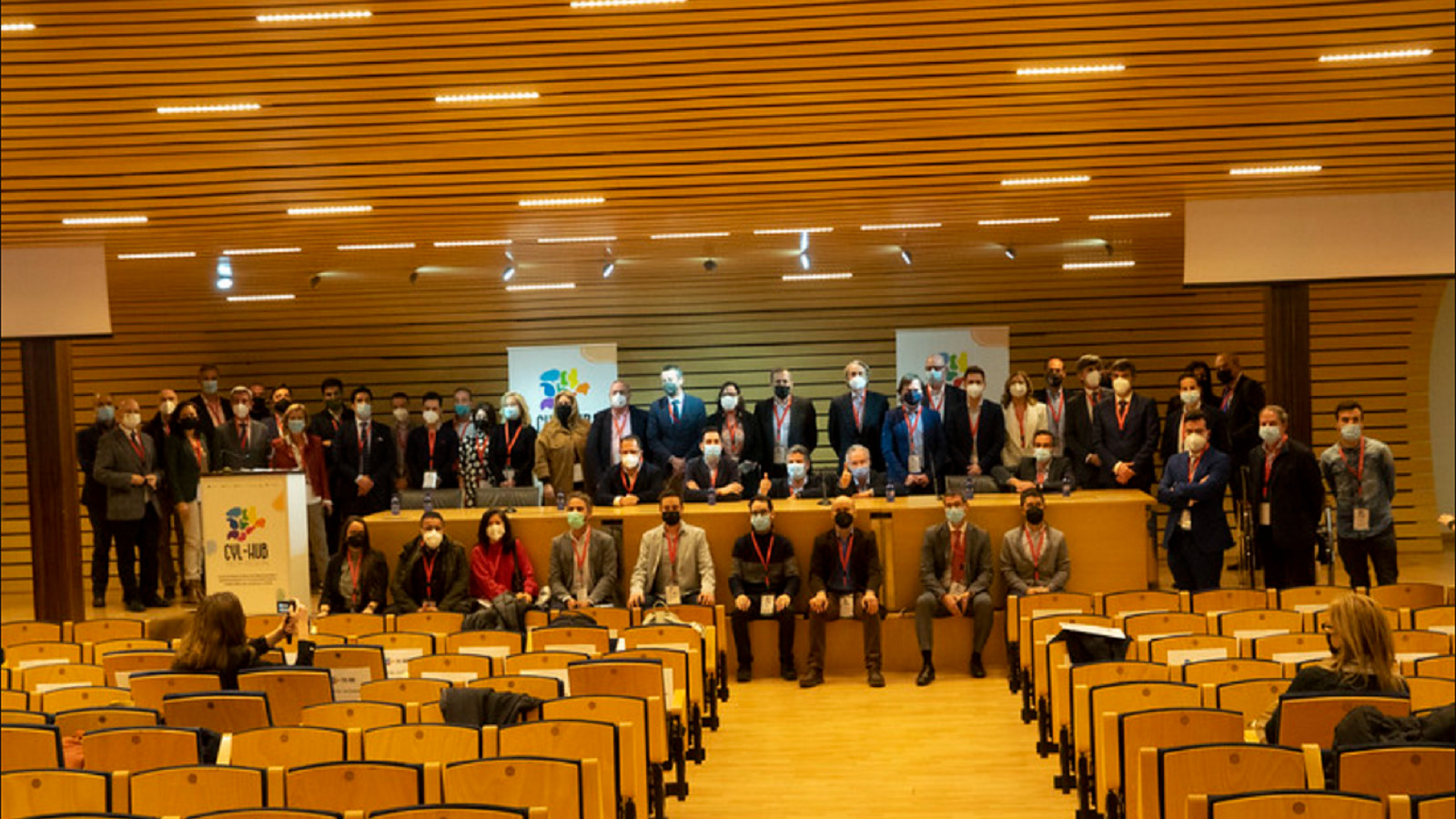
Microsoft has announced the roadmap for building its own quantum supercomputer. Those responsible for the project anticipate that they will need at least 10 years of development to complete a machine capable of performing a million reliable quantum operations per second.
Quantum computing is the next frontier as a great technological leap that the industry giants are working on. IBM, with its TJ Watson Research Center in New York, seems to be the most advanced with milestones such as the simulation of the largest molecule under quantum computing and the first 53-qubit quantum computer announced in 2019. Google is close. and that same year he announced that he had achieved ‘quantum supremacy’, a concept that defines when one of these new computers is capable of solving a computing task that could not be done with current computers or the time to do it was crazy.
There is a race to be first, but everyone has many years ahead of them. As you know, compared to the architecture of traditional computing capable of adopting values of “1” or “0”, the information in quantum computing is stored in qubits (quantum bits) that can simultaneously adopt both values (superposition) and with this, manage to perform any computing task exponentially faster than current systems. There are still important basic problems to solve, such as interference factors that influence the controllability and reliability of qubits, such as temperature, electromagnetism and material defects.
Microsoft’s quantum supercomputer
Krysta Svore, Microsoft’s vice president of quantum development, has presented the roadmap for building your own quantum supercomputer. The manager calculates that they will need -at least- 10 years. It may seem like a lot, but it is already spoken in terms of years and not decades like until recently.
The company affirms that it has already achieved a fundamental step, the creation and control of quasiparticles called Majoranas. Microsoft says this is the first step to create a qubit (quantum bit) protected by hardware, which is the basic part of a quantum computer.
Majorana qubits have the advantage of being very stable (especially compared to traditional techniques), but they are also extremely difficult to create. Microsoft made an early bet on this technology and now, a year after first announcing this milestone, the team is publishing a new peer-reviewed paper (in the American Physical Society’s Physical Review B) that establishes that it has indeed achieved this first milestone on its way to a quantum supercomputer.
“Today, we are really at this critical implementation level. We already have intermediate-scale quantum machines built around physical qubits, but they’re not yet reliable enough to do anything practical in science or commercial industry. The next level we need to get to as an industry is the ‘resilient’ level. We need to be able to operate not just with physical qubits, but we need to take those physical qubits and put them in error-correcting code and use them as a unit to serve as a logical qubit.”Svore explains.
The next step is build hardware protected qubits, and Svore said the team is making great strides building them. These qubits will be small (less than 10 microns per side) and fast enough to perform a qubit operation in less than a microsecond.
Microsoft has also introduced a new measure for these types of computers called Quantum Operations Per Second (rQOPS). According to the company, current quantum computers are all at Level 1 with an rQOPS of zero. The first quantum supercomputer will need at least 1 million rQOPS and scale to over 1 billion to solve chemistry and materials science problems that are science fiction for today’s silicon computers.
In addition to this ambitious roadmap, Microsoft has announced the platform Azure Quantum Elements (mixture of high performance computing, AI and quantum), as well as Copilot for Azure Quantuma specially trained AI model that can help scientists (and students) generate calculations and simulations.




